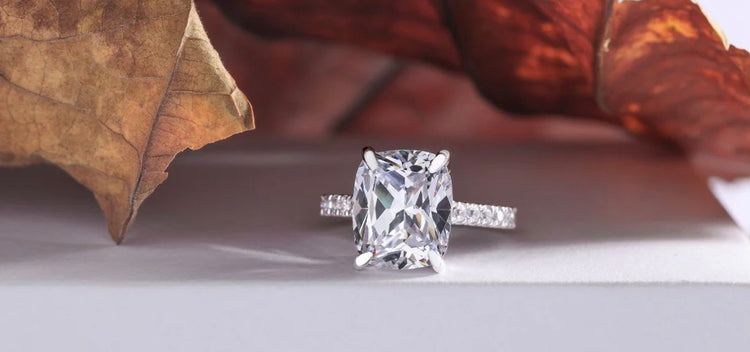The universe of diamonds has developed significantly throughout the long term, especially with the advent of lab-grown diamonds. As customers become more informed and aware of their decisions, the debate between lab grown diamonds vs real and natural diamonds continues to heat up. This article investigates the distinctions, advantages, and considerations of the two sorts of diamonds to assist you with making an informed decision.
What Are Lab-Grown Diamonds?
Lab-grown diamonds, also known as manufactured or refined diamonds, are diamonds created in controlled laboratory conditions. These diamonds have the same physical, chemical, and optical properties as natural diamonds, making them virtually indistinguishable from their mined counterparts. The two primary techniques for creating lab-grown diamonds are High-Strain High-Temperature (HPHT) and Chemical Vapor Statement (CVD).
The HPHT technique copies the natural circumstances under which diamonds form in the Earth’s mantle. In this cycle, carbon is exposed to outrageous strain and temperature, resulting in diamond crystallization. Then again, the CVD strategy involves breaking down carbon-rich gases to deliver diamond crystals in a controlled climate. This strategy happens at lower temperatures compared to HPHT, allowing for more precise diamond development.
What Are Real Diamonds?
While referring to “real diamonds,” individuals typically mean natural diamonds that are mined from the Earth. These diamonds take a long period of time to form under high-tension and high-temperature conditions profound within the Earth. Natural diamonds are created from carbon atoms that bond in a crystal structure, resulting in the hard, radiant gemstones we associate with engagement rings and other adornments.
Key Contrasts Between Lab-Grown Diamonds and Real Diamonds
While lab-grown diamonds and natural diamonds share the same physical and chemical properties, there are key contrasts that put them aside. One of the main distinctions is their origin. Lab-grown diamonds are created in laboratories, while natural diamonds are formed more than great many years profound within the Earth.
Another major distinction is cost. Lab-grown diamonds are typically more affordable than their natural counterparts, frequently costing 20-40% less for a similar size and quality. This value contrast is primarily because of the controlled creation interaction of lab-grown diamonds, which eliminates the requirement for broad mining operations and the associated costs.
Additionally, lab-grown diamonds frequently have a smaller environmental impact compared to natural diamonds. Mining for natural diamonds can lead to significant ecological disruption, including habitat obliteration and carbon emissions. In contrast, lab-grown diamonds are delivered with a lower carbon footprint and can be created using renewable energy sources.
The Emotional Value of Diamonds
For many customers, the decision between lab-grown diamonds and natural diamonds goes past physical and monetary contrasts; it frequently involves emotional and ethical considerations. Natural diamonds have a long history and cultural significance, frequently associated with affection and responsibility. A few shoppers feel that the value of a diamond comes from its natural origin and the story it carries.
On the other hand, lab-grown diamonds appeal to the people who focus on ethical sourcing and sustainability. Many purchasers appreciate that lab-grown diamonds don’t add to the environmental and social issues frequently associated with diamond mining, for example, labor exploitation and struggle financing.
Conclusion
Taking everything into account, the decision between lab grown diamonds and natural diamonds ultimately relies upon personal inclinations, values, and spending plan. The two choices have their interesting advantages and considerations. Lab-grown diamonds offer affordability and a decreased environmental impact, while natural diamonds carry a feeling of history and emotional significance. As the diamond industry continues to develop, shoppers are increasingly engaged to make informed decisions that align with their values and wants.

